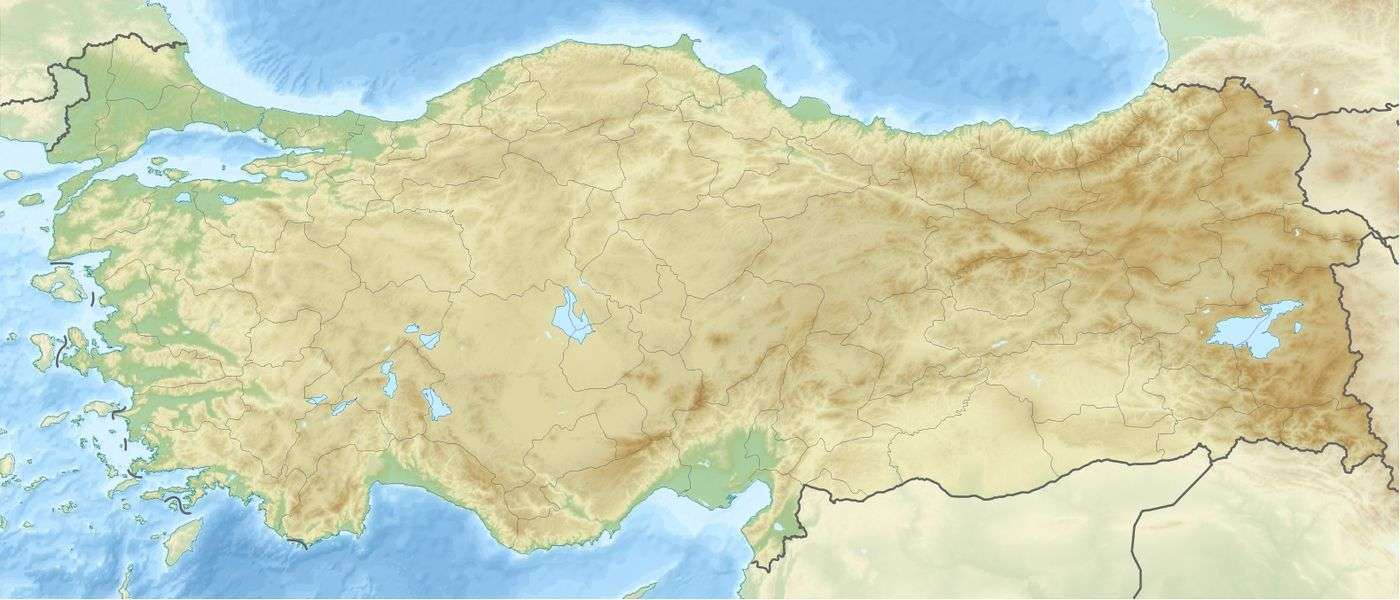Belen Pass
| Belen Pass | |
|---|---|
| Belen Geçidi | |
 Belen Pass | |
| Elevation | 660 m (2,165 ft)[1] |
| Traversed by |
Route |
| Location | Hatay Province, Turkey |
| Range | Nur Mountains[1] |
| Coordinates | 36°28′46.20″N 36°13′55.20″E / 36.4795000°N 36.2320000°ECoordinates: 36°28′46.20″N 36°13′55.20″E / 36.4795000°N 36.2320000°E |
The Belen Pass (Turkish: Belen Geçidi), also known as the Syrian Gates, is a mountain pass located in the Belen District of Hatay Province in south-central Turkey. The narrow pass through the Nur Mountains (the ancient Amanus Mountains), said to be 300 paces across, is the most important route from the coastal region of Cilicia to inland Syria. It is one of two passes through the Amanus, the other being the Amanian Gate to the north.[2]
Cyrus the younger with an army of 100,000 and the legendary Greek army of "ten thousand" (Xenophon Anabasis ca. 401 BC) passed through the Syrian Gate without a fight as the Persian general holding the garrison chose to retreat.
The pass is perhaps best known as the point through which Alexander the Great pursued the forces of Darius III of Persia after the Battle of Issus. It was also the location of the Battle of Amanus Pass. Also near the western end of the pass is the Pillar of Jonah, where the prophet Jonah was supposedly disgorged by the whale that had swallowed him.
On July 28, 1832, a major battle took place at the pass between the Ottoman and Egyptian armies, where the forces of Ibrahim Pasha of Egypt defeated the Ottomans.
Notes
- 1 2 "Belen İlçesi" (in Turkish). Hatay Government. Retrieved February 28, 2009.
- ↑ William Smith, A Dictionary of Greek and Roman Geography, 1878, s.v. 'Amanides Pylae'
Bibliography
- "Progress of the Baghdad Railway" in The Geographic Journal, Vol. 41, No. 3.